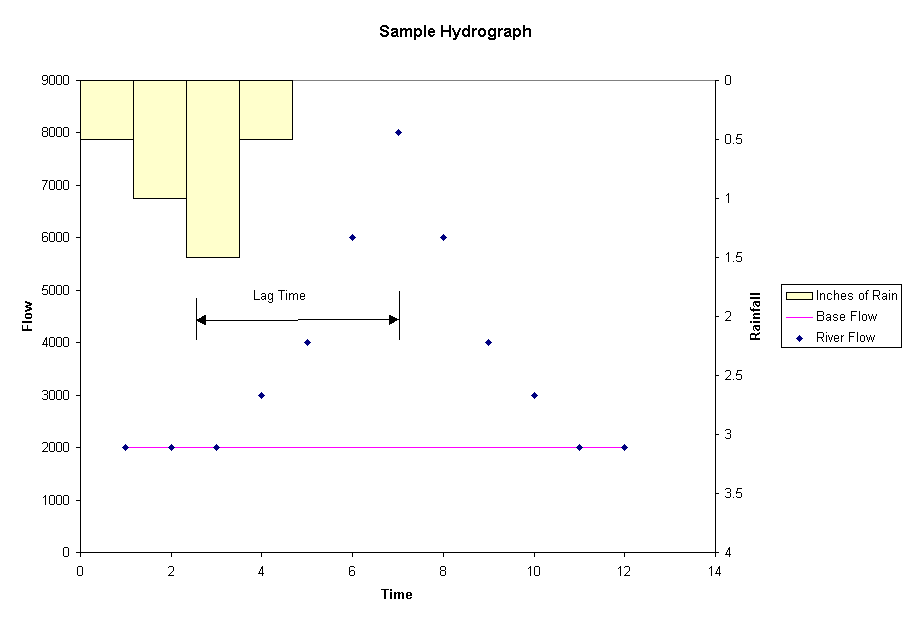
Utah State Office of Education
| Course Outline | Environmental Studies home | Environmental Engineering Technology home |
 |
|
Picture by Elementary Science Teacher Resource Book, Utah State Office of Education |
|
Where is the water? |
Fraction of total |
|
Oceans |
97.3% |
|
Polar or mountaintop ice |
2.1% |
|
Groundwater |
0.6% |
|
Freshwater Lakes |
0.009% |
|
The atmosphere (vapor) |
0.001% |
|
Rivers |
0.0001% |

|
US Daily Water Use by Sector for 1995 |
||
|
Category of Use |
per capita daily use |
fraction consumed |
|
Domestic |
86 gallons |
26% |
|
Commercial |
36 gallons |
14% |
|
Industrial |
78 gallons |
16% |
|
Thermoelectric |
500 gallons |
2.5% |
|
Agricultural |
528 gallons |
61% |
| Return to: | Top | Course Outline | Environmental Studies | Environmental Engineering Technology |